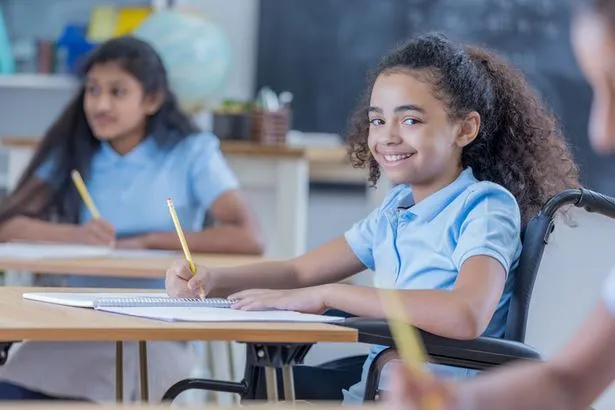Transcription How to promote planning and prioritization of tasks?
The ability to plan and prioritize tasks is essential for success in any area of life, whether academic, work or personal.
Therefore, it is important for parents to teach their children this skill from an early age so that they can acquire and hone these skills throughout their lives.
Introduction
Before addressing techniques and strategies to foster planning and task prioritization in children, it is important to understand what each of these skills entails. Planning refers to the ability to organize and structure the tasks necessary to achieve a specific goal. On the other hand, prioritization involves identifying and ranking tasks according to their importance and urgency.
Both skills are essential in order to carry out tasks efficiently and effectively. Planning helps children develop a clear and structured approach to tackling tasks, which reduces the likelihood that they will feel overwhelmed or get sidetracked from the main goal. Prioritization, on the other hand, helps children decide which tasks are most important and necessary to accomplish a given goal and which can be postponed or eliminated.
Teaching goal setting
The first step in teaching children to plan and prioritize tasks is to help them define clear and specific goals. This involves teaching them to identify what they want to accomplish and what the desired outcome is. It is important that these goals are realistic and achievable for the child, otherwise they may become frustrated and unmotivated. Once the goals have been defined, the tasks necessary to achieve them can be set. This helps children understand that each task has a specific purpose and is necessary to achieve the ultimate goal.
Teaching how to make a task list
Once you have defined the goals and the tasks needed to achieve them, you can teach children to make a to-do list. This involves writing down all the tasks that need to be done and ordering them according to their importance and urgency. Making a to-do list helps children visualize the work they have to do and helps them stay organized and focused. It also allows them to see the progress they are making as they complete each task.
Set deadlines and timelines
On the other hand, it is important to keep in mind that planning and prioritizing tasks is not only about teaching the child to make a list of tasks and assigning them an order of importance, but it also involves teaching skills in estimating the time needed to complete each task and setting realistic deadlines for completion. In addition, it is important to teach the child to evaluate his or her progress and make adjustments to his or her planning as needed.
It is critical to keep in mind that encouraging planning and prioritization of tasks should be a gradual process and tailored to each child's skills and abilities. A young child cannot be expected to be able to plan and prioritize as effectively as an adult can. Therefore, it is important to start with simple tasks and gradually increase their complexity as the child gains more skills and confidence.
planning tasks




